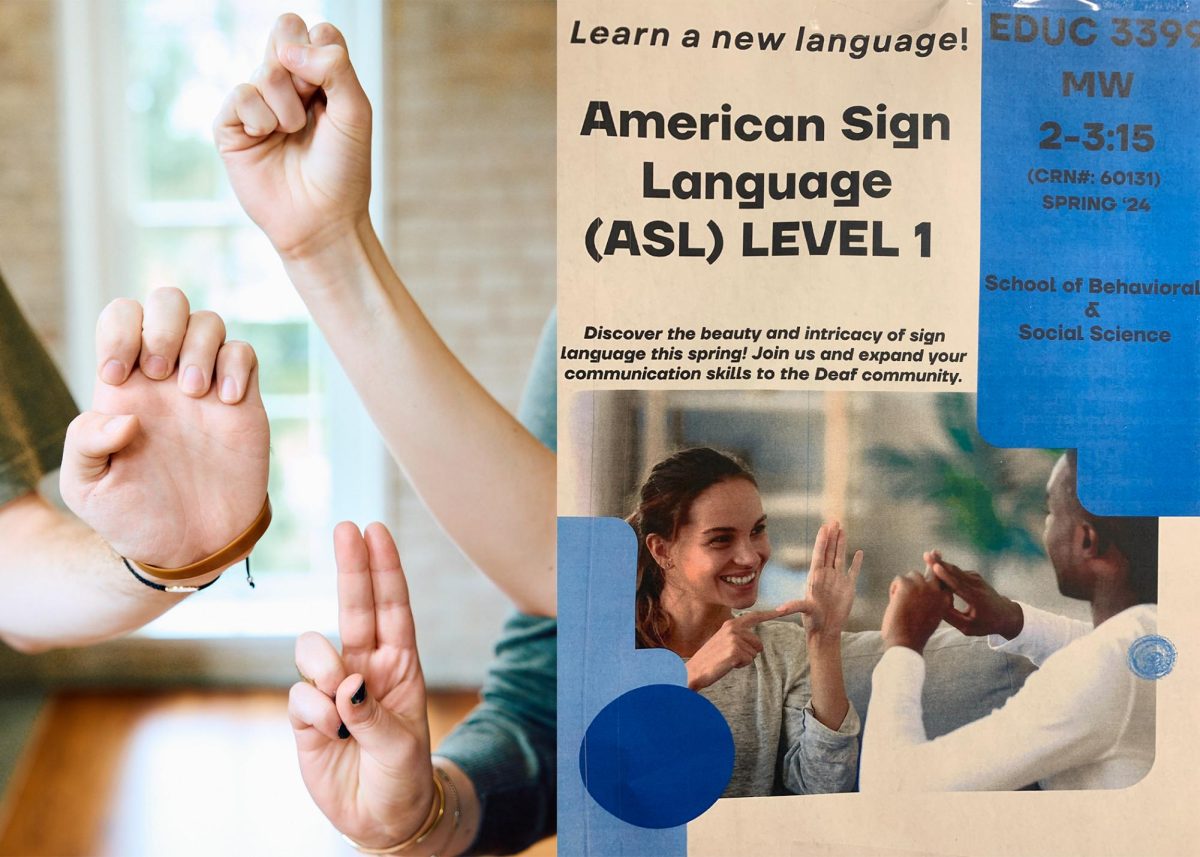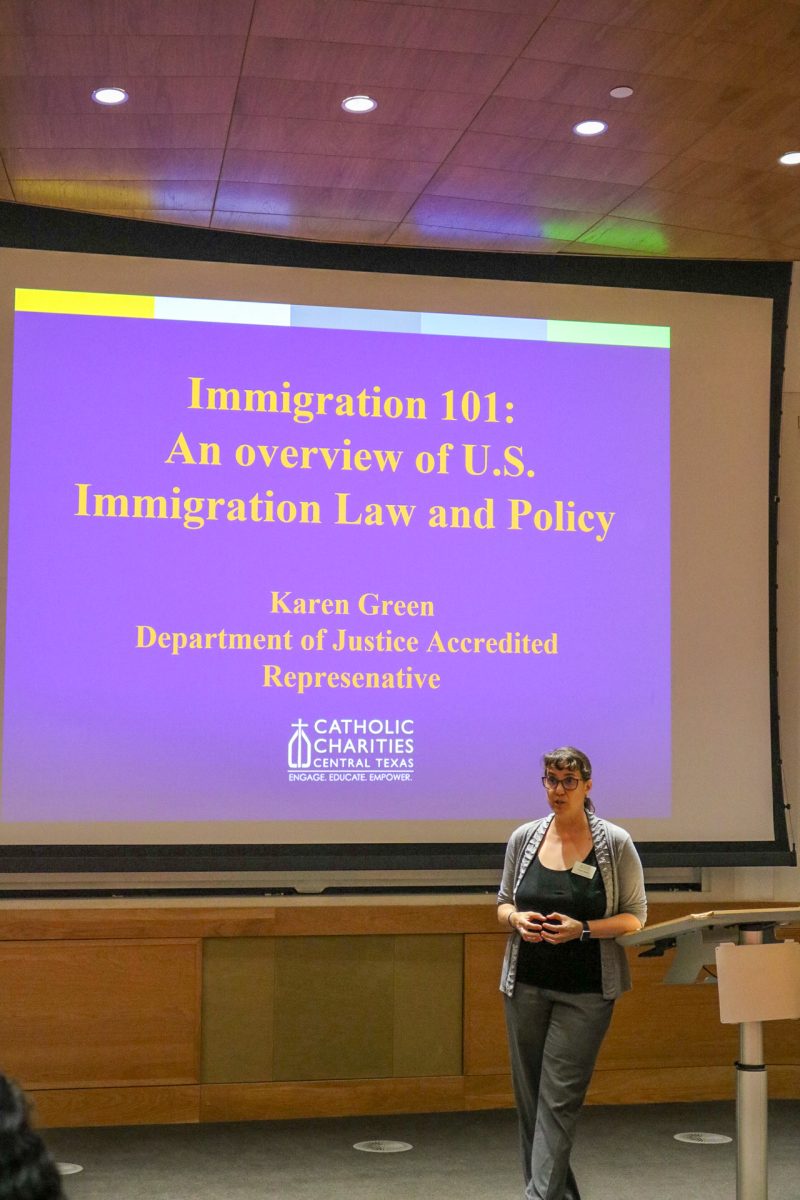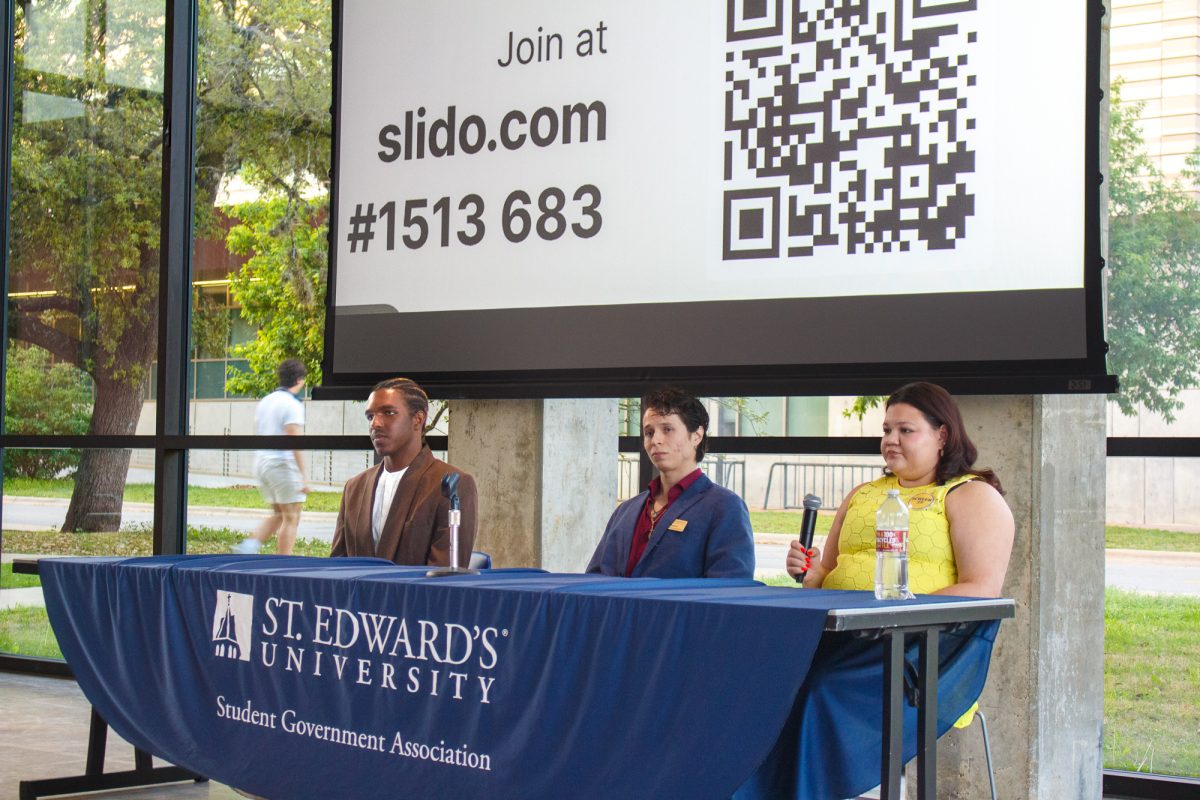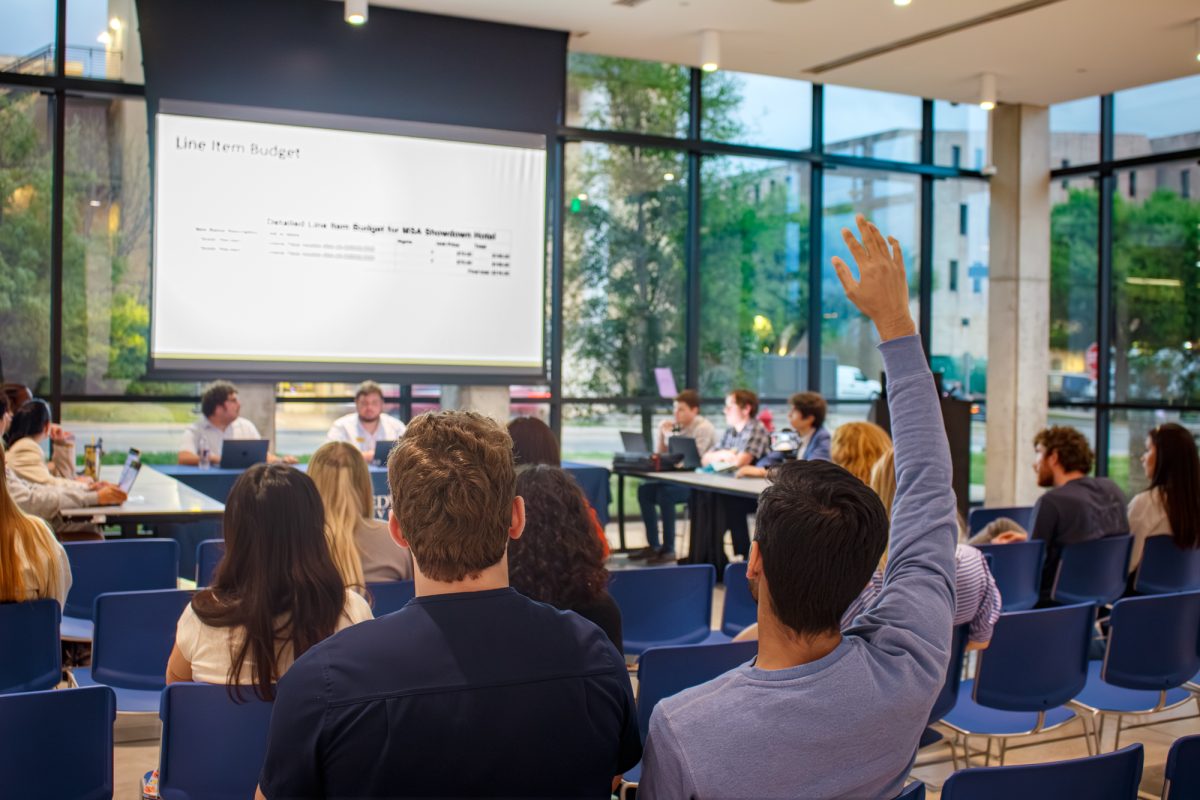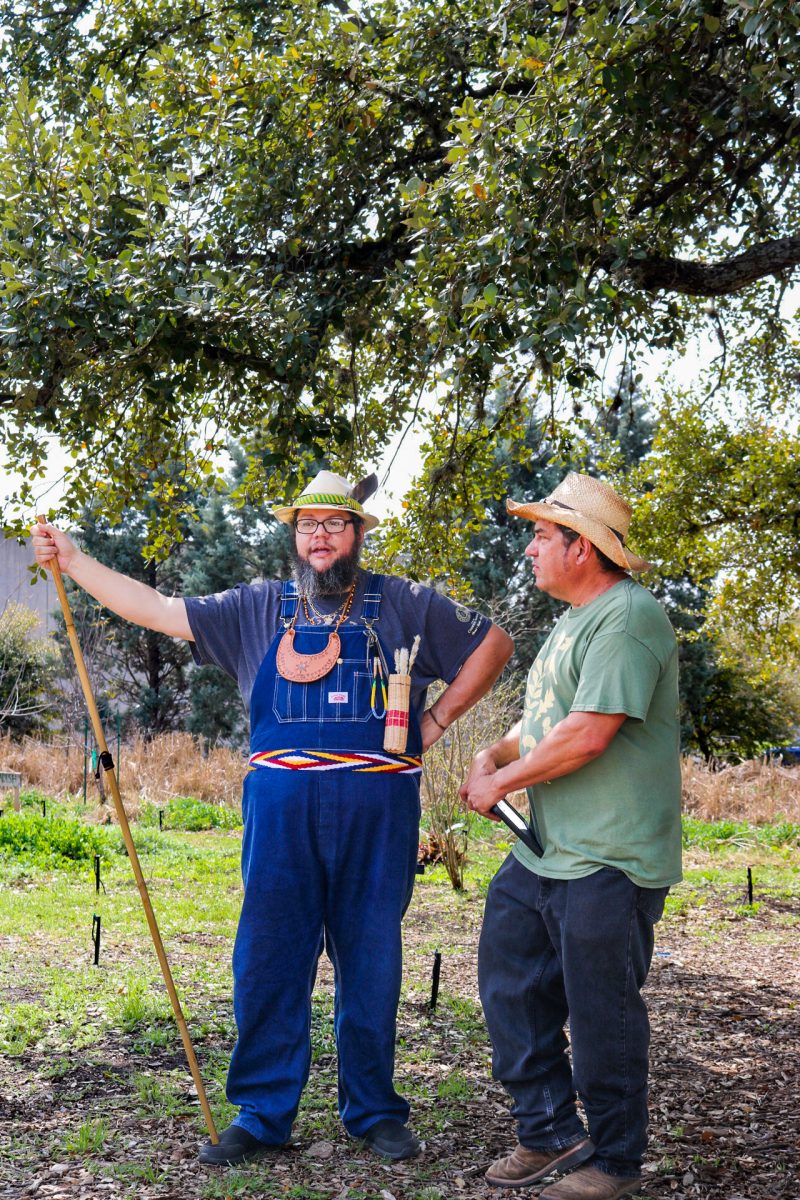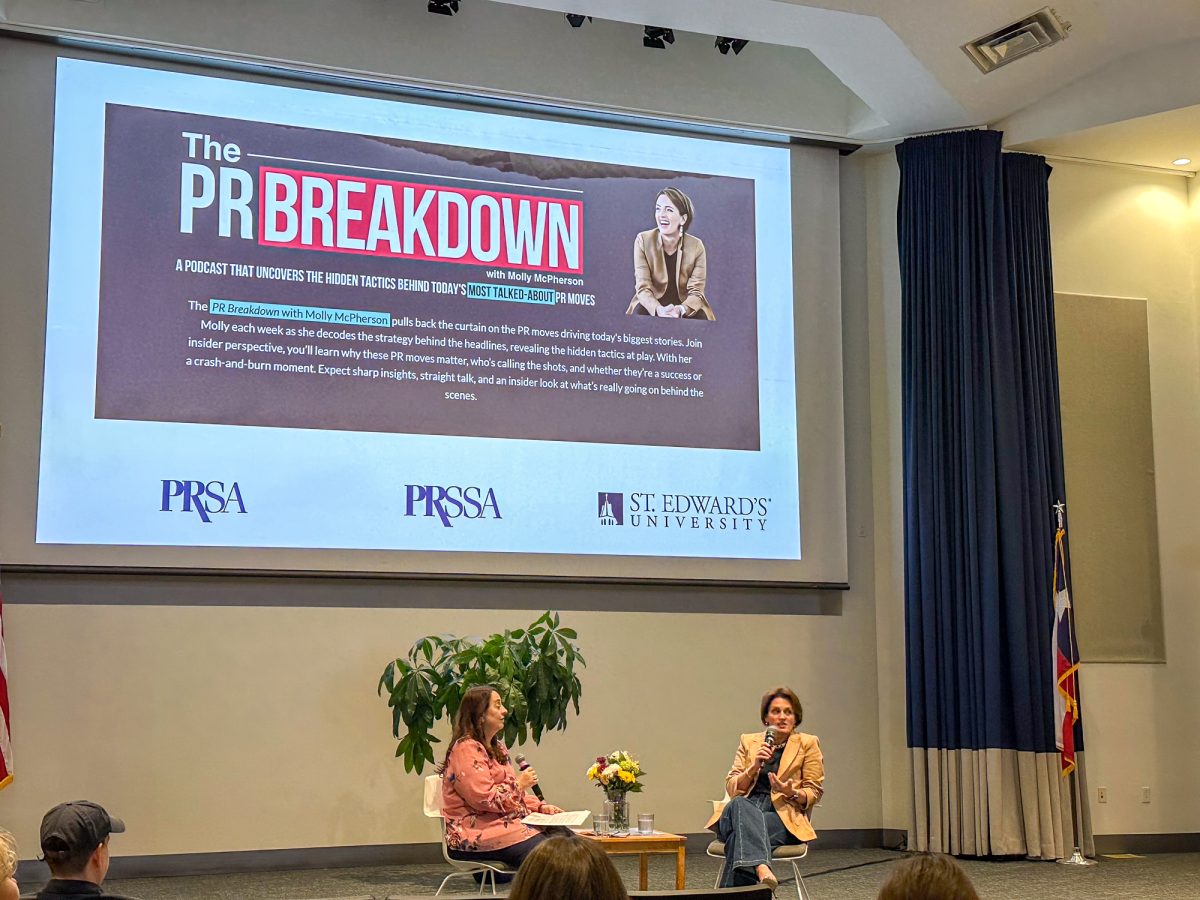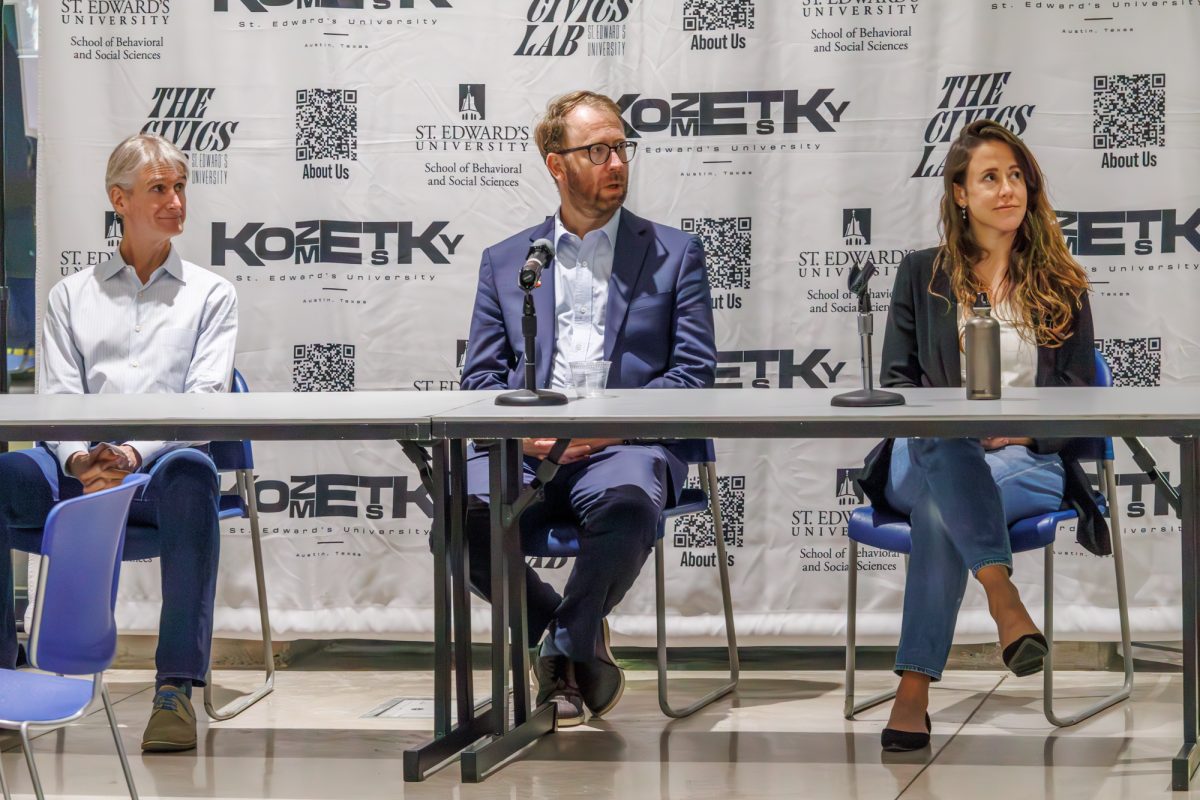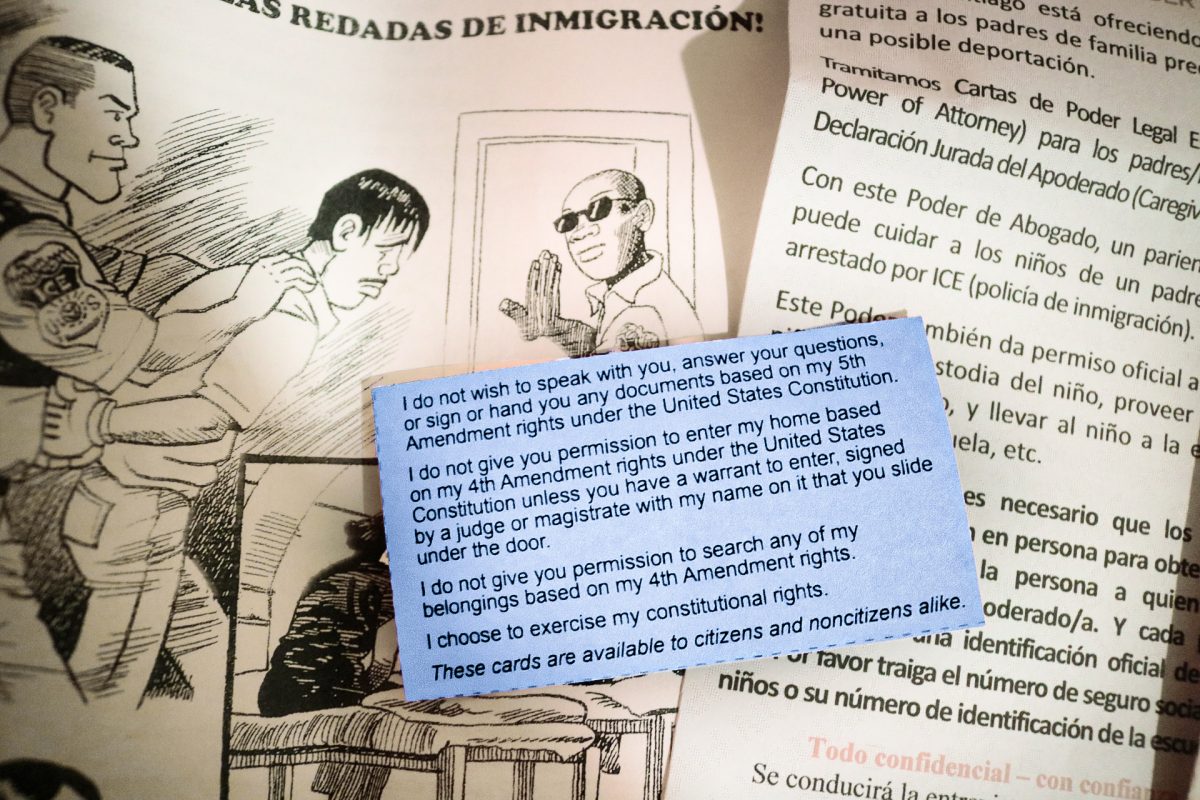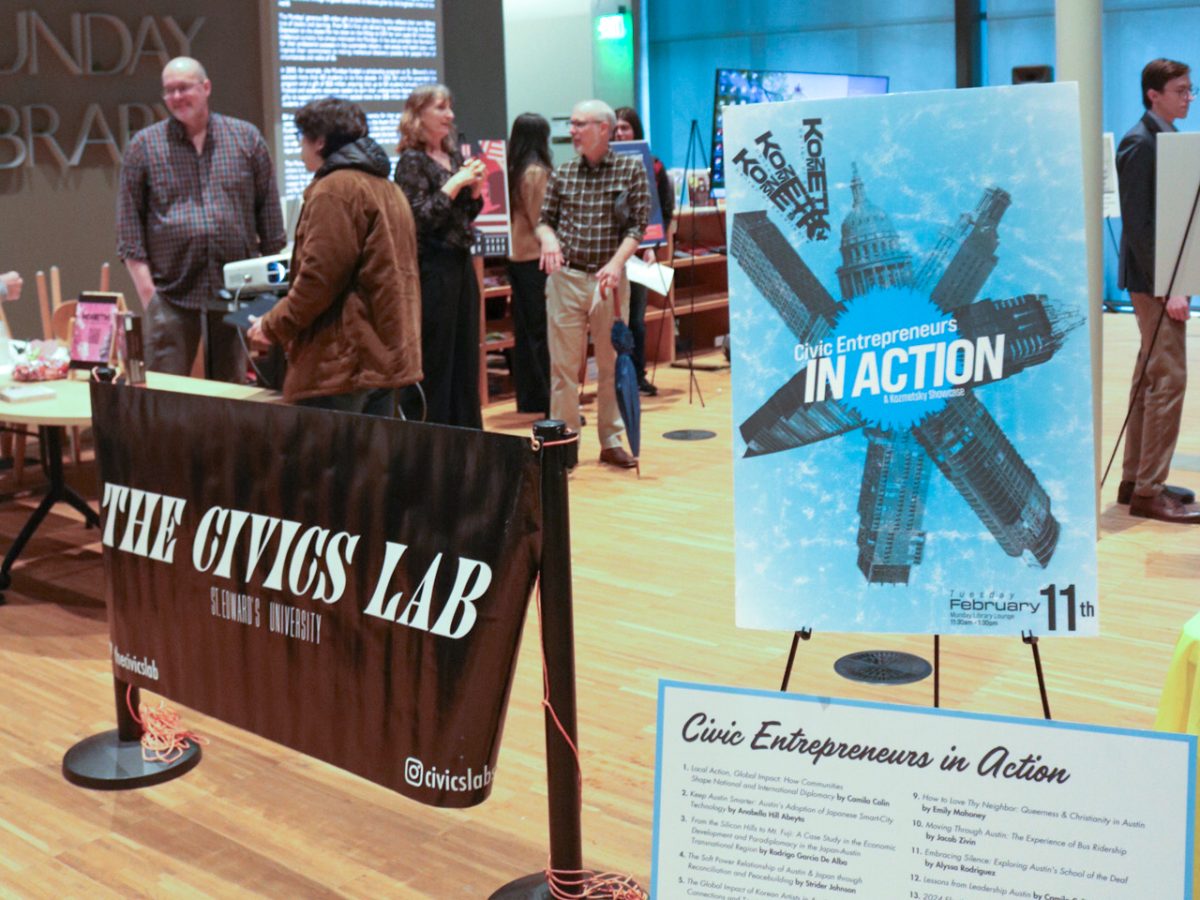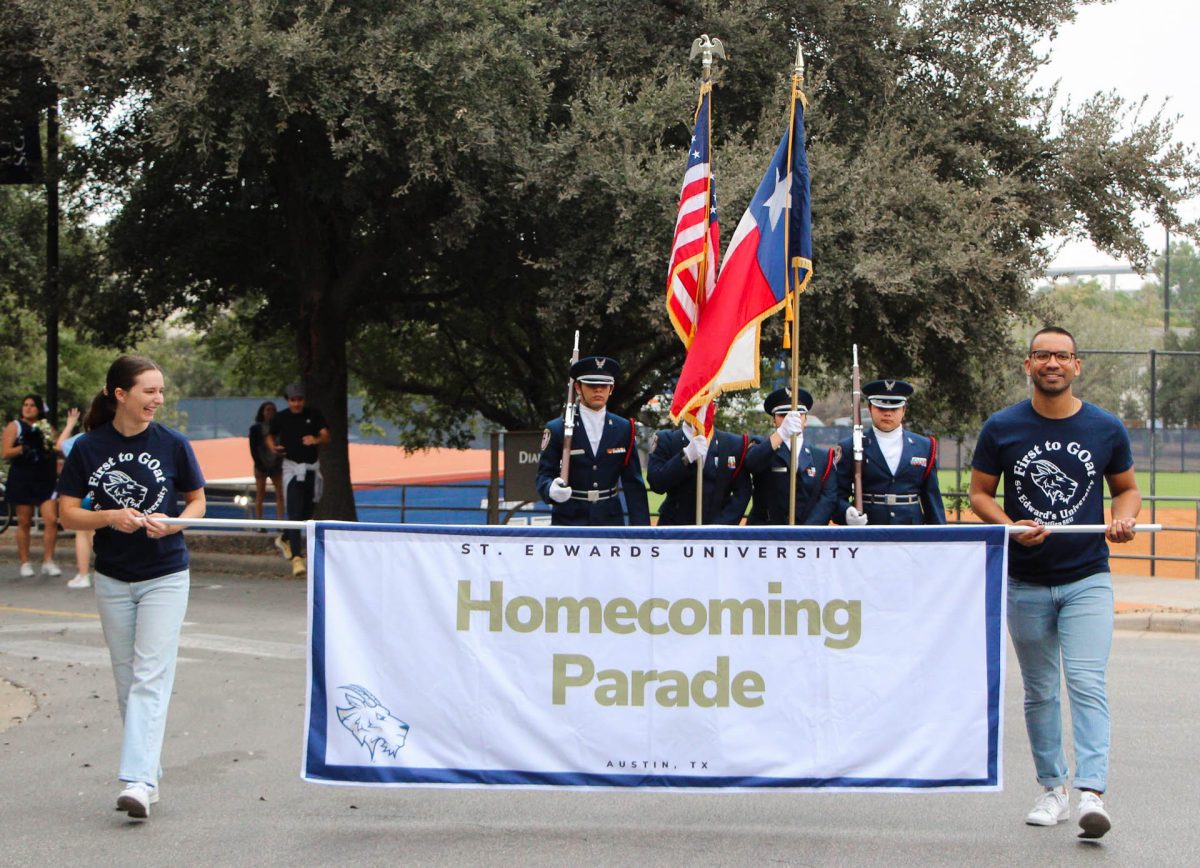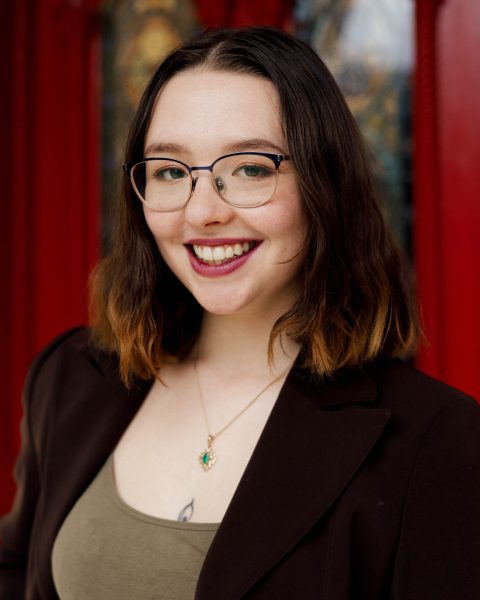An American Sign Language course is being offered for the first time at St. Edward’s University in response to student interest.
According to associate professor Kris Sloan, the inclusion of an ASL course as an elective in St. Edward’s curriculum stems from a student survey conducted by former Student Government Association President Ella Ochoa that highlighted a student interest in a sign language course.
“I had a slow burning stick in this fire for years,” Sloan said. “It was amorphous until Ella came to me with data she had and conversations she’d been having. There was a lot of interest and responses. This is an effort to be responsive to student needs. We are just advocating for our students.”
The course is being taught by adjunct professor Corey Gember in spring 2024 as an elective and does not count toward a modern language requirement. It was argued that ASL could not count as a modern language because “the culture that accompanies it is ultimately american.” To navigate this, ASL is being offered as a special topics course.
“Regardless of it not counting as a modern language requirement, I think, in not offering it to a wider array of students or audiences, then you’re not only doing a disservice to university, but you’re also doing a disservice to your student body,” junior Christine Carrier said. “It’s one of the most inclusive languages that I think that you can offer students. It truly is a language that brings all sorts of groups together. It just makes communication that much easier and that much more accessible.”
Fifteen seats were available for the course, and every seat was filled after the first two days of registration. There are 10 students currently waitlisted for the course.
“One of the reasons why I’m so interested in taking (ASL) here in general is because Austin is really kind of a melting pot for the disabled community,” Carrier said. “If I’m able to educate myself further on a certain topic or a skill that might further my own personal relationships with people, yes, I’m going to take that opportunity.”
Disability and Visibility
Sloan believes part of student interest comes from an attuned awareness students have of disabilities, including this year’s common read “Disability Visibility: First-Person Stories From the Twenty-First Century.”
“People are aware of disabilities,” Sloan said. “I do think the heightened awareness they are particularly attuned to disability and ASL as a kind of connection to issues of disability and visibility.”
The common read contains many passages that highlight the experiences of those with apparent and non-apparent disabilities. One passage, “The Isolation of Being Deaf in Prison,” tells the story of Jeremy Woody’s experience as a person with a hearing disability in prison. His education while in state prison in Georgia was limited because of his disability, and his ability to communicate with others, both inmates and guards, had circumstantial restrictions.
“Visibility has never been the problem,” Carrier said. “We’ve always been aware of injustices, of these things across all communities. Whether or not it is acted upon is the real kind of caveat to all of this.”
Carrier works part-time in the admissions office where she welcomes visitors to campus when they arrive for tours. She recalls being asked to accompany a guided tour and interpret for a prospective student who is deaf. She had to turn down the opportunity because she felt out of practice.
“That’s just another exclusionary thing that (the Deaf community) just have to go through,” Carrier said. “We can always always make things more accessible, especially with a school where social justice and kind of community interaction is rooted in the Holy Cross mission. Education or intelligence shouldn’t be exclusive. I am going to say the same thing for language and for words and for the ability to speak: It shouldn’t be exclusive.”


